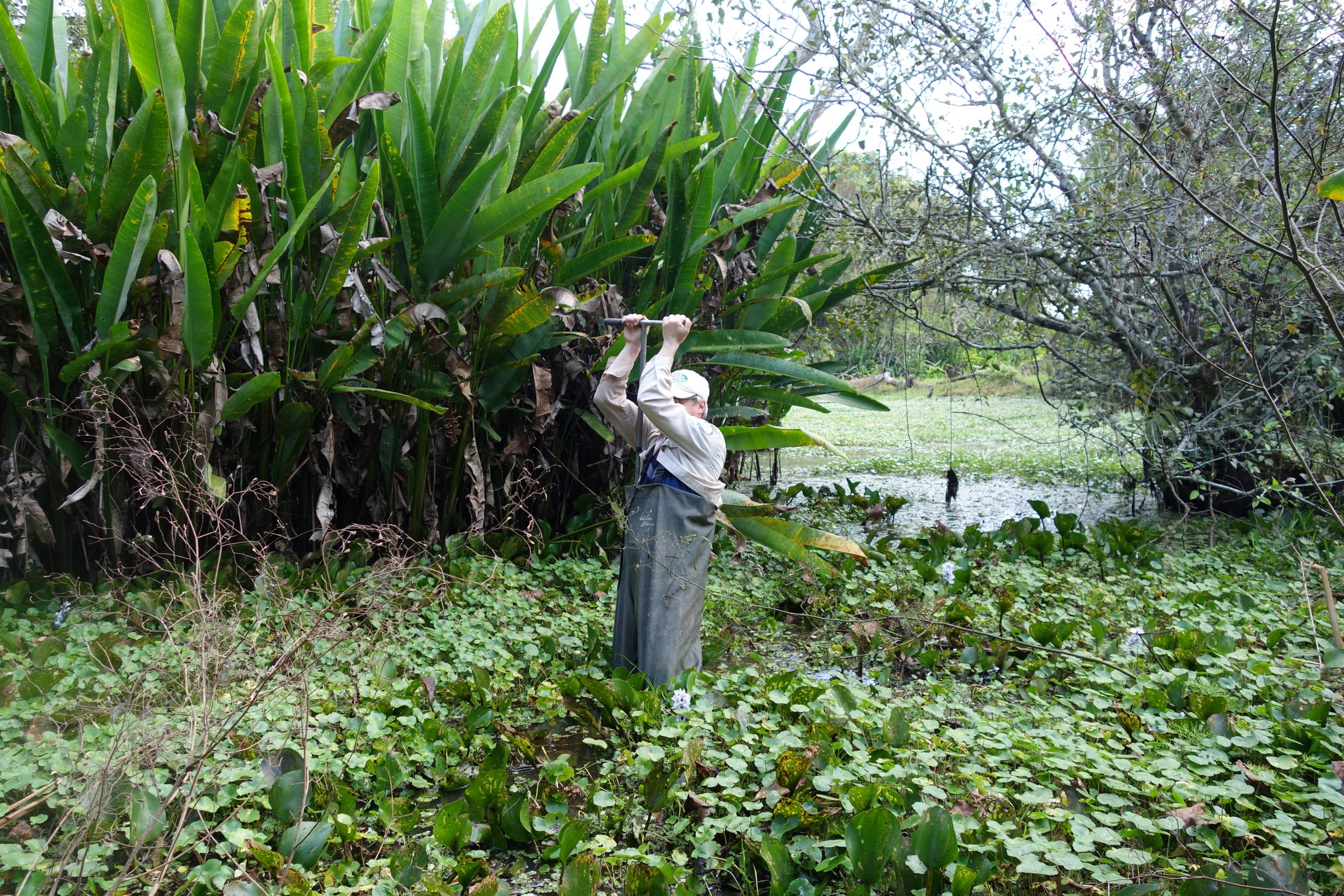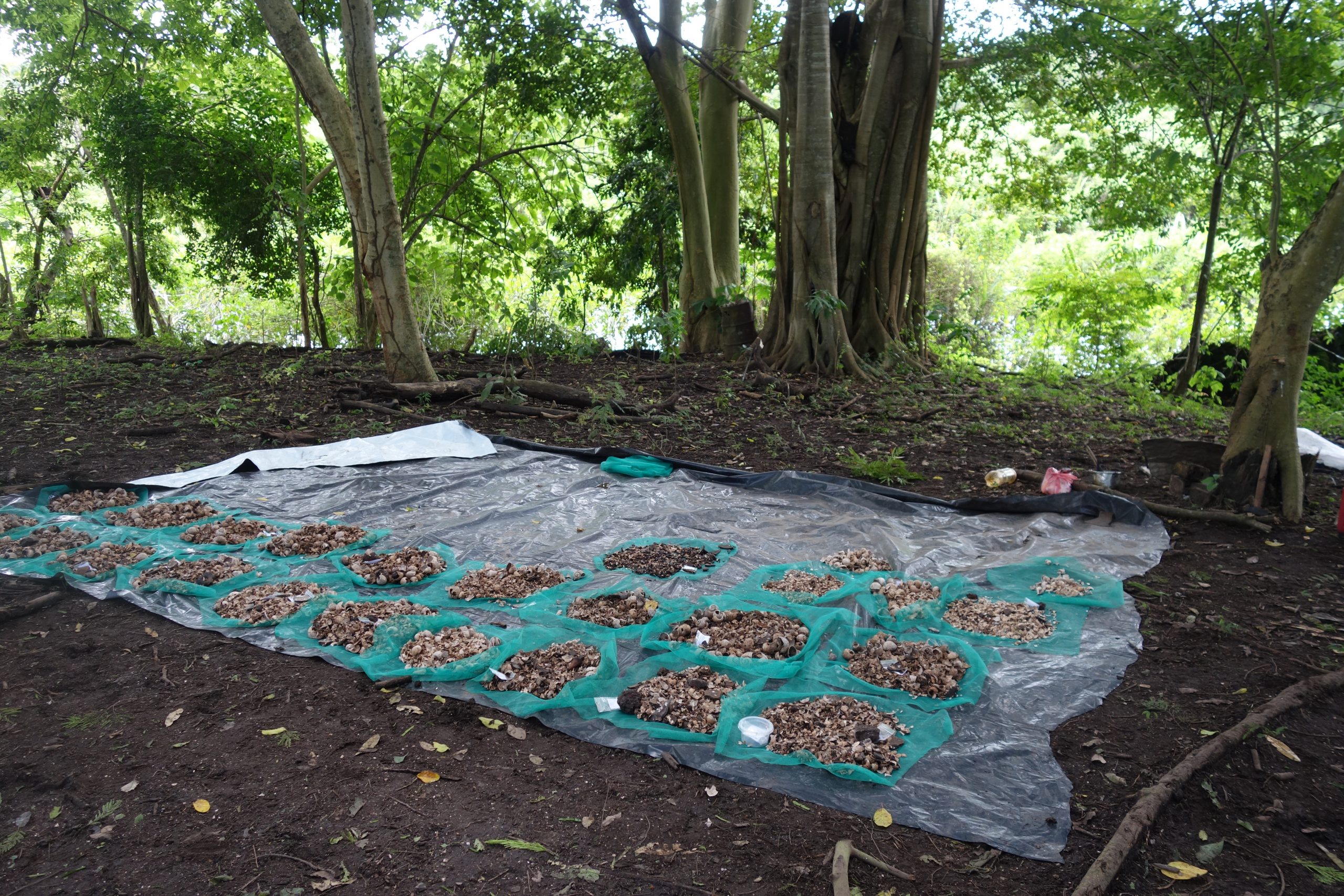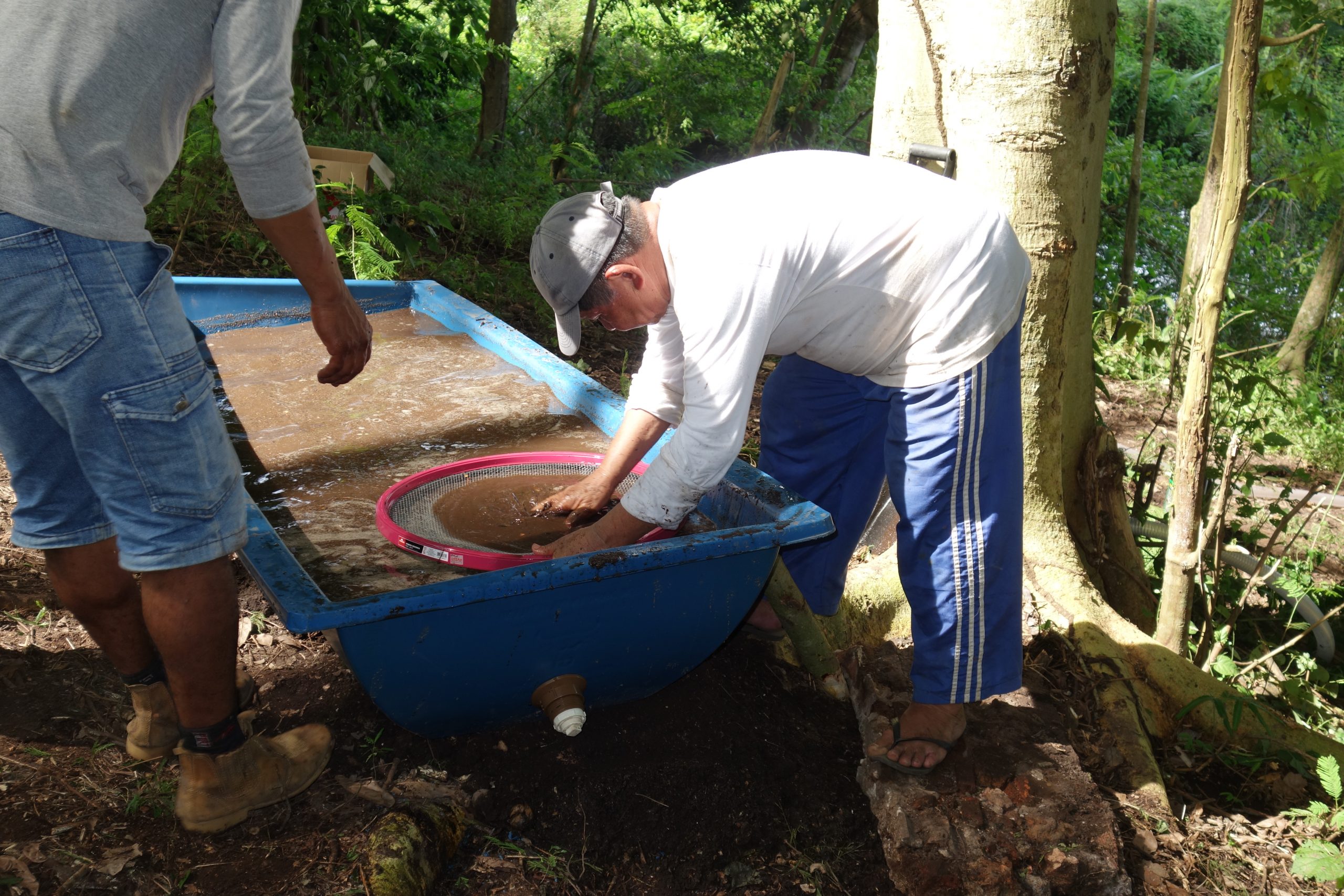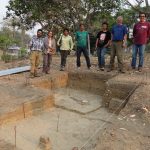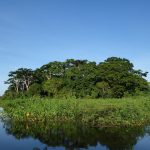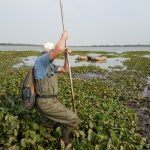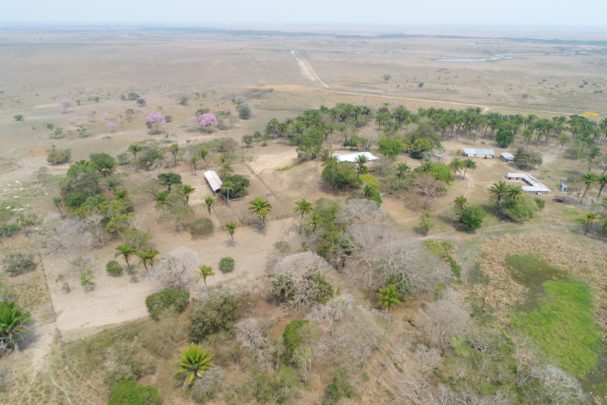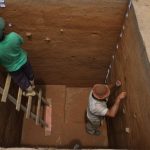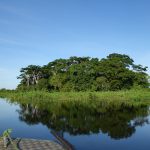The dynamics of past human-environment relationships is one of the most relevant issues in archaeology today. Pre-Columbian (pre-1492 CE) Amazonia provides a case study of a long-standing debate into human-environment interactions. At one end of the spectrum are those who view Amazonia as a largely pristine wilderness which has shaped human history, while at the other are those who argue that Amazonia has been utterly transformed into a domesticated landscape by millennia of human land use. Recent ground-breaking discoveries of sedentary, stratified, pre-Columbian societies have overturned the paradigm that environmental constraints limited cultural development in Amazonia to semi-nomadic, hunter-gatherer lifestyles, as practiced by indigenous peoples today. However, the process by which these stratified societies emerged and declined, and their relationships with the environment, remain unresolved. Uncertainty about Amazonia’s past human-environment relations stems from a paucity of archaeological data and a lack of the interdisciplinary collaboration essential for investigation of human-environment interactions. This project focuses on SW Amazonia (the Upper Madeira river basin) because it has unique potential to address these research questions: the longest sequences of human occupation in Amazonia, diverse environments and cultures, the centre of domestication of globally important crops, and annually-resolved palaeoclimate records.
